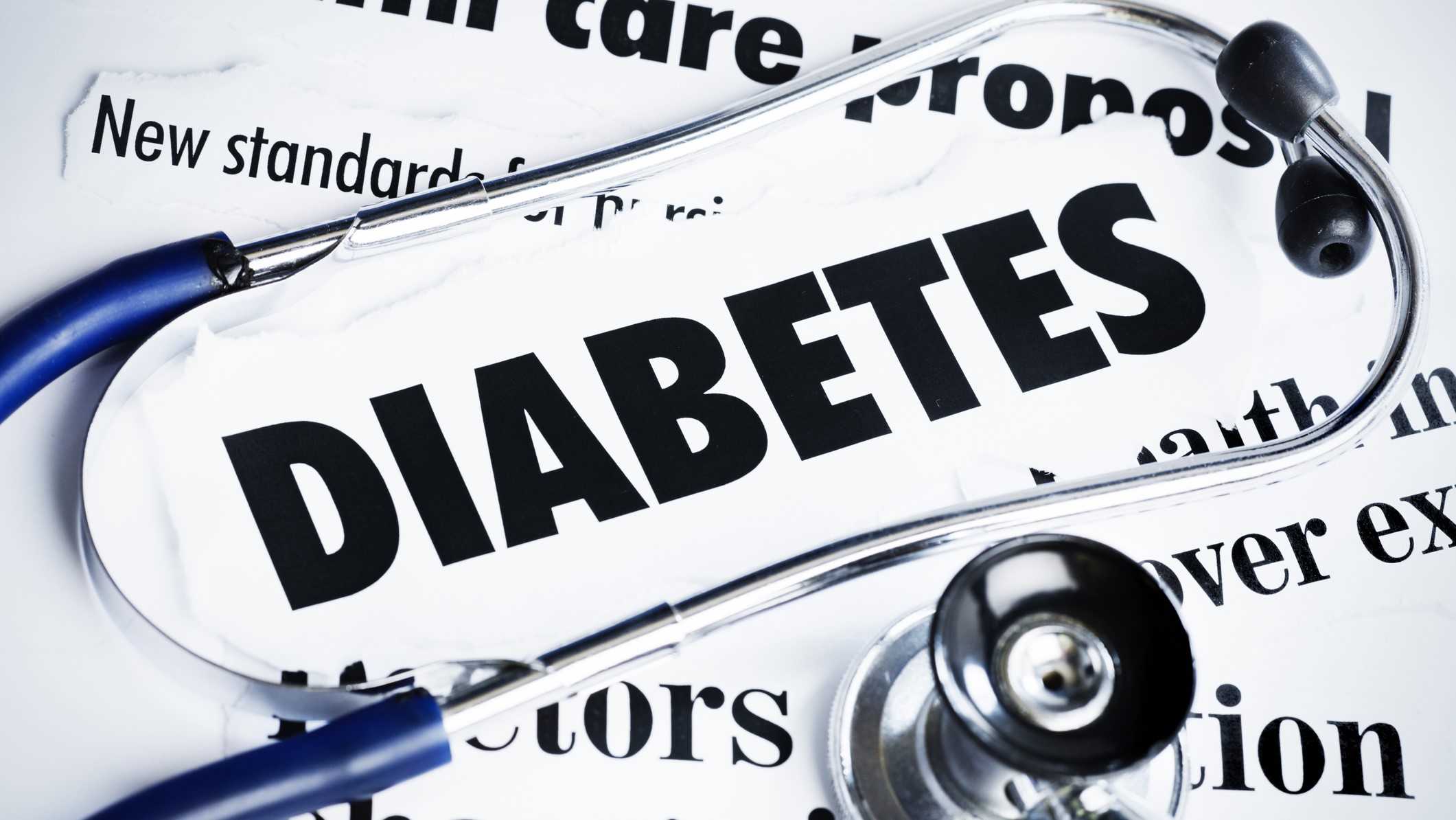- November 6, 2025
Early Detection and Other Ways to Help Reduce Complications of Diabetes

Of the more than 38 million Americans with diabetes, 90% to 95% have type 2 diabetes, according to the Centers for Disease Control and Prevention (CDC). CDC also estimates that about 1 in 3 U.S. adults have prediabetes, a warning sign they could soon become diabetic due to elevated blood sugar levels.
While type 1 diabetes is thought to be an autoimmune response and is not preventable, many of the causes of type 2 diabetes are within our control.
Why does early detection matter?
The long-term health effects of diabetes can be significant. But according to the American Diabetes Association, early detection and treatment can help prevent or minimize complications, including:
- Vision problems
- Skin problems
- Neuropathy (nerve damage, typically to the feet and legs)
- Kidney damage
- Cardiovascular disease
- Heart attack
- Stroke
What are warning signs and risk factors?
Type 1 diabetes often has warning signs such as fatigue, increased hunger and thirst, unexplained weight loss, more frequent urination and blurred vision. However, most people with prediabetes or type 2 diabetes don’t notice any symptoms at all.
That’s why knowing your risk and getting screened is so important. Major risk factors include family history, being overweight or obese, an inactive lifestyle, ethnicity (e.g., African Americans and the Hispanic population are at increased risk) and age over 45.
Take action: Get screened
A simple blood test called a glycated hemoglobin test – or “A1C test” – is the most common screening used to detect type 2 diabetes. The A1C measures your average blood sugar levels over the previous three months.
Diabetes screenings are available on an outpatient walk-in basis at all seven South Texas Health System® Freestanding Emergency Departments, conveniently located throughout the Rio Grande Valley.
Take control: Understand prevention and management
If you are diagnosed with prediabetes or type 2 diabetes, it’s important to gain an understanding of your condition, how to manage it, and lifestyle changes that can help control symptoms and health complications. Always talk to your doctor about what’s right for you.
Medications. Taking your medications as instructed is key to helping regulate blood sugar levels.
Monitoring. Manage your “ABCs”:
- A1C testing: Get regular A1C tests to track blood sugar levels.
- Blood pressure: Check that blood pressure stays below 140/90 mm Hg.
- Cholesterol: Manage cholesterol levels through diet and medication if prescribed.
Lifestyle changes. Even if you are not currently at risk for developing diabetes, anyone can benefit from adopting healthy habits such as:
- Maintaining an ideal weight
- Getting enough physical activity
- Quitting smoking
- Staying up to date on doctors’ appointments
- Making healthy nutrition choices: Avoid excess fats, sugar and alcohol. Go for lean protein and fiber-rich foods like legumes (beans), fruits, non-starchy vegetables (e.g., leafy greens, broccoli) and whole grains.

